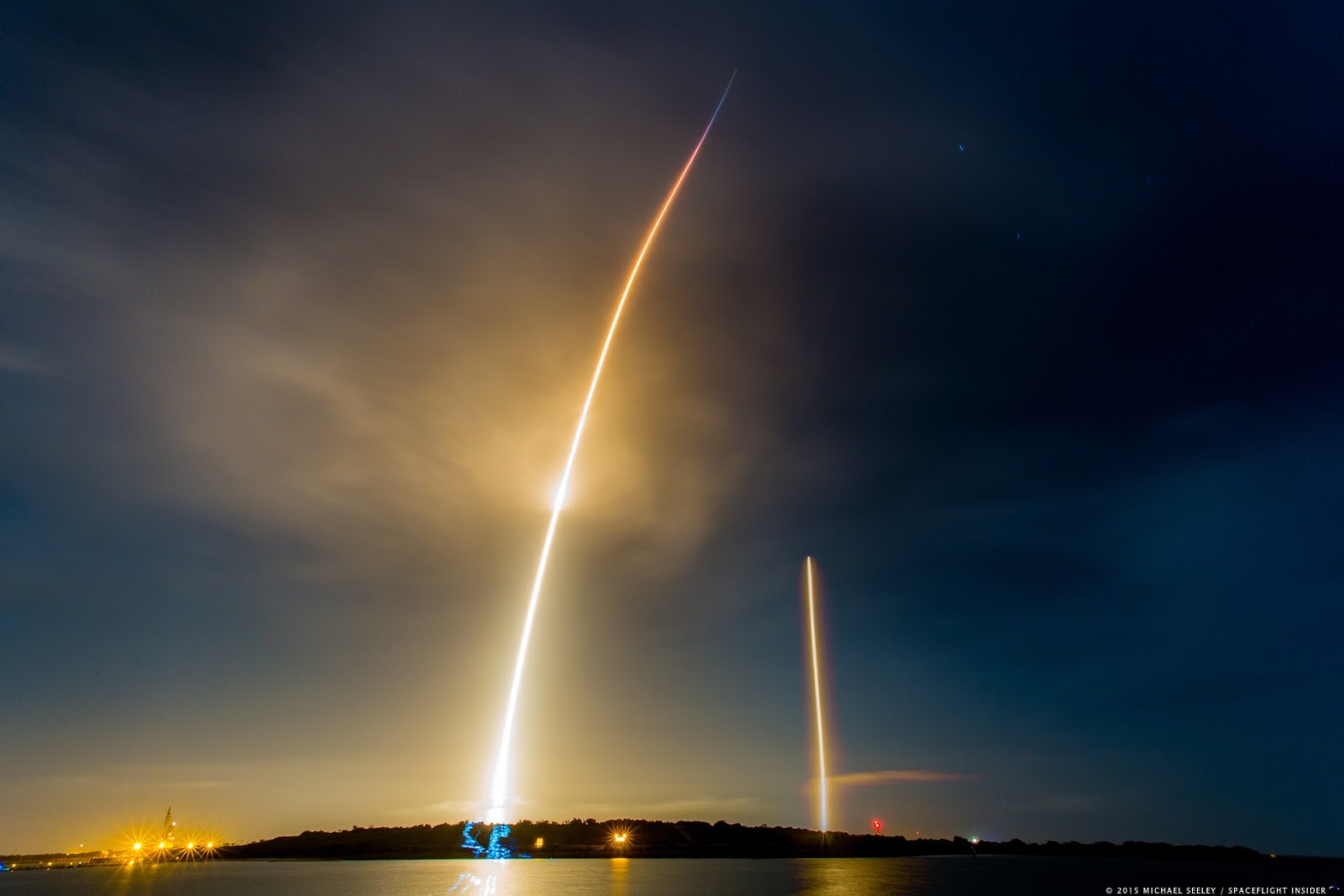
Out of Home (OOH) advertising has long been marked as a “traditional” medium. Being the oldest form of media, that is to be expected. Today the industry has an immense opportunity with the emergence of several technologies to answer the age-old question “who is in front of my screen right now?”
Technologies such as computer vision and artificial intelligence are being built and integrated into media systems to answer this question and many more. Companies are already publicly placing bets on the inclusion of such technologies into the core of their products. This, among other catalysts, kickstarts the evolution from historical to real-time OOH.
What is Computer Vision and AI?
Computer vision is the use of algorithms to recognize patterns in a scene using a camera (images or video). This incredibly powerful tool can be used to gather audience data for most OOH formats. Artificial Intelligence (AI) is about creating systems that base decision making on data inputs. This will be crucial to the development of OOH/DOOH in the near future given the rise of programmatic and real time data. As mentioned above, many companies are creating platforms based on building AI engines at the core of business. AI is critical to yield management for ad revenues at scale and provides unmatched targeting capabilities for both OOH and DOOH. As Tom Goodwin said in an earlier post, “It’s possible that the next wave of big, innovative companies are ones who have built themselves around AI”. I couldn’t have said it better myself.
Why is it important in OOH/DOOH?
What is important to understand are the endless possibilities that these technologies bring to brands that are not only buying OOH every day, but also the ones that are not buying at all. The obvious benefit of 24/7, real-time data is the inclusion of such data into measurement platforms to understand volume and segments of an audience. Scalable and smart data for measurement is one very important half of the equation. The other half of the equation is something we are seeing more and more and can be outlined in the following examples:
Buying is what it’s all about for brands
A brand wants to place a budget of $50k towards a particular buy. However, this brand, which does not normally buy OOH, seeks to place their budget towards an “audience” in a specific market. With data from computer vision and decision making via AI, the possible “audiences” become quite targeted and more valuable. This particular brand is looking for the peak times in which there is a higher than average percentage of drivers in luxury cars – not your typical “rush hour” for the location – but peak times for when luxury cars are most likely to or are currently driving by the location at any time. With a simple kit, this type of data-capture is very real and scalable across the large-format roadside digitals you see on highways or city streets.
Another prime example would be a brand targeting a specific demographic at street level or on digital placed-based screens in multiple markets. The brand wants to put a budget of $50k towards a specific demographic, but only when the “attention time” towards the screen is higher than the average for said demographic – a target audience that they are willing to pay a premium for because they understand that for their particular brand the ROI of a captive audience is worth multiples more to them than a non-captive audience.
There is a massive movement to shift from location to audience buying in the industry. I believe there is room for both, and the combination of the above technologies can truly propel the OOH advertising industry to its greatest potential.
Download the PDF
Published: April 19, 2017